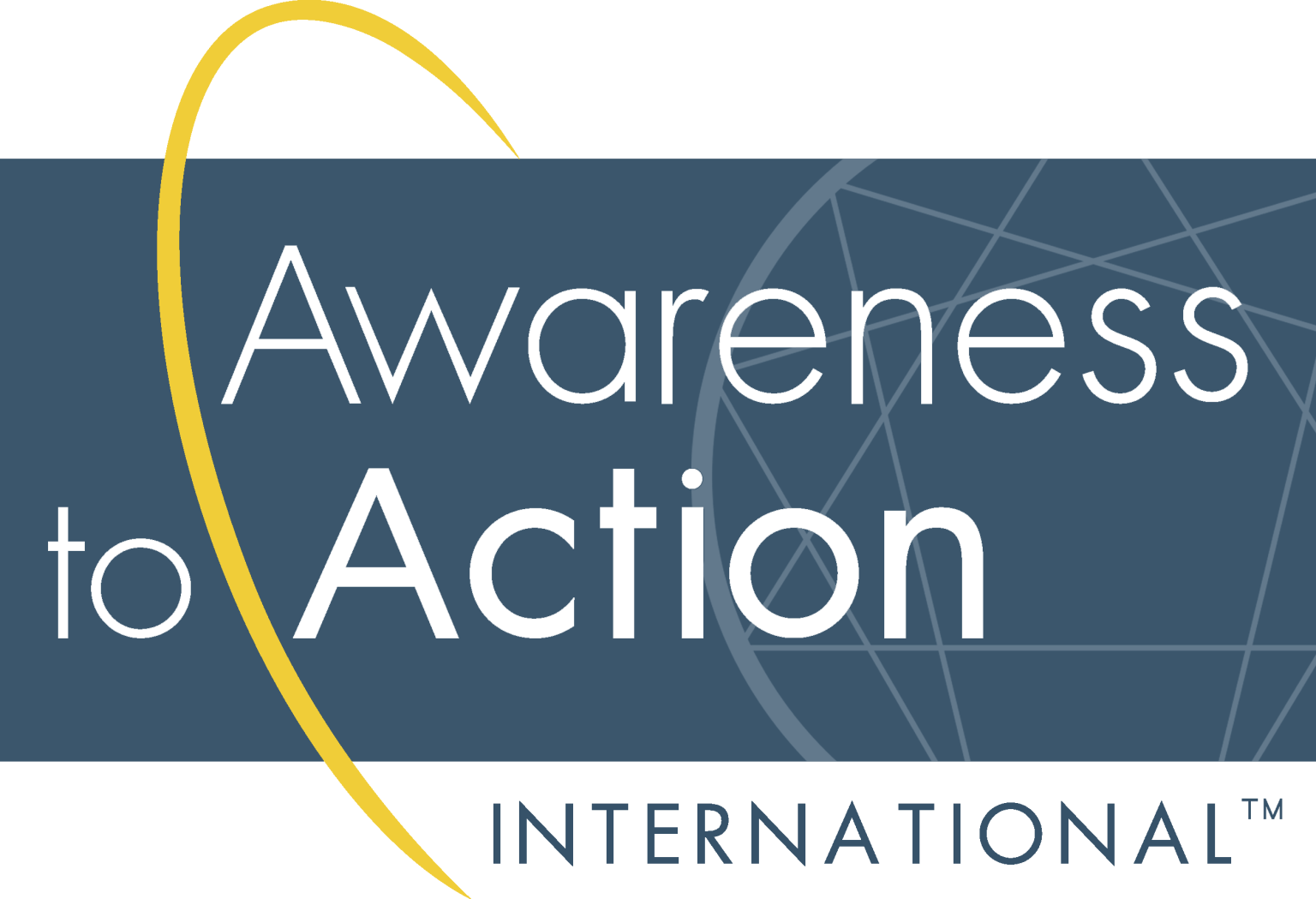People tend to view the three instinctual domains as three discreet and specific “instincts”: self-preservation, social, and sexual (or one-to-one). This is an archaic and outdated view of biology, which is far more complicated.
It is more accurate to think of these as three domains of related impulses, drives, or evolutionary adaptations that increased the likelihood that our ancestors would survive and reproduce (I refer to these domains as Preserving, Navigating, and Transmitting). Those adaptations that worked for our ancestors were inherited by us. But they lived in a different time (for example, when food was generally scarce) and these adaptations may not always be beneficial for us today (for example, we struggle to control our craving for sweets and fats in a time of abundance).
Learning to recognize these evolutionary adaptations or impulses helps us loosen their grip. I’ve created this chart to demonstrate an attempt to put some sort of structure on these impulses to help us recognize them, and the way they sometimes distort our behavior, so we can manage them instead of letting them manage us.
It is foolish to think we can fully control or tame our instinctual biases, or that if we were free from the influence of our ego fixations our “instincts” would magically express themselves in the “right” way as if they had some form of intelligence. Our evolutionary adaptations are value-neutral, non-intelligent impulses that survived the crucible of natural selection but bring no guarantee of purity or inherent value to us today. We have to learn to recognize them and manage them, and any good manager knows that we have to respect and collaborate those who we manage, understanding their strengths, recognizing their weaknesses, and deploying them appropriately.
Our biology is very complicated, and the way our biological heritage interacts with our psyche and the environmental forces we encounter is even more complicated. Assuming there are just three instincts is extremely simplistic. Assuming that everyone is influenced in the same way by their dominant “instinct” is even more more simplistic. There are many drives in each of the three domains, and they are expressed in different ways in each of us. Those differences are caused by a variety of factors, one of which is our Ennea-type strategies–a Preserving Three will express these adaptations in a different way than, say, a Preserving Nine, and one Preserving Three will not express them in exactly the same way as another. People are more complicated than that.
But there will be noticeable similarities in all people who share a particular domain, and those similarities are worth understanding in their own rights. Thus, I find it helpful to teach the three instinctual biases as a stand-alone typology and then combine it with the nine Ennea-types. Are the three instinctual biases a complete typology? Of course not, but neither are the nine Ennea-types. Like any map, they are limited, but they are helpful if they are fully understood and used correctly. Combined together they can be extremely powerful.
In this chart, the three domains are divided into three subdomains, and each of these subdomains divided into three further subcategories. This chart (and this categorization) is not meant to be either exhaustive or absolute–there are multiple ways in which the plethora of adaptations could be grouped and there are many impulses, I am sure, that could be on the list but are not.* The important thing to remember is that these adaptations are much more complicated than just seeing three discreet “instincts.”
*Russ Hudson, for example, similarly delineates these domains. While I am not fully aware of his categories, we have discussed the topic and seem to be in general agreement even if we divide the categories a little bit differently.
#Enneagram #Personalitiesatwork
[sdfile url=”http://mariosikora.com/wp-content/uploads/2020/01/instinctual-bias-chart-white-1.pdf” title=”Download Chart in PDF format and join our mailing list.”]






